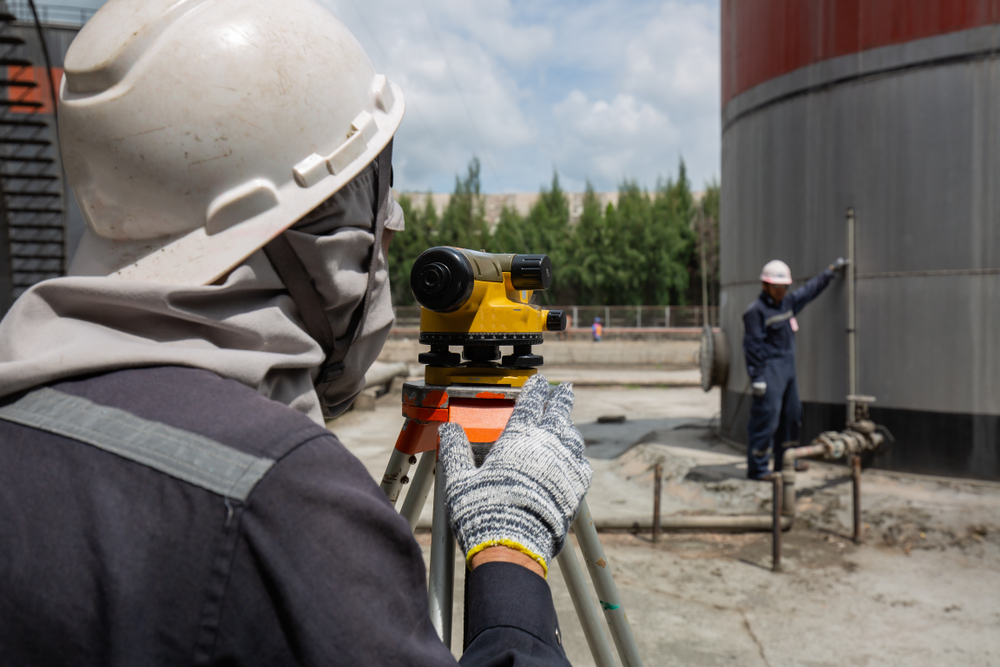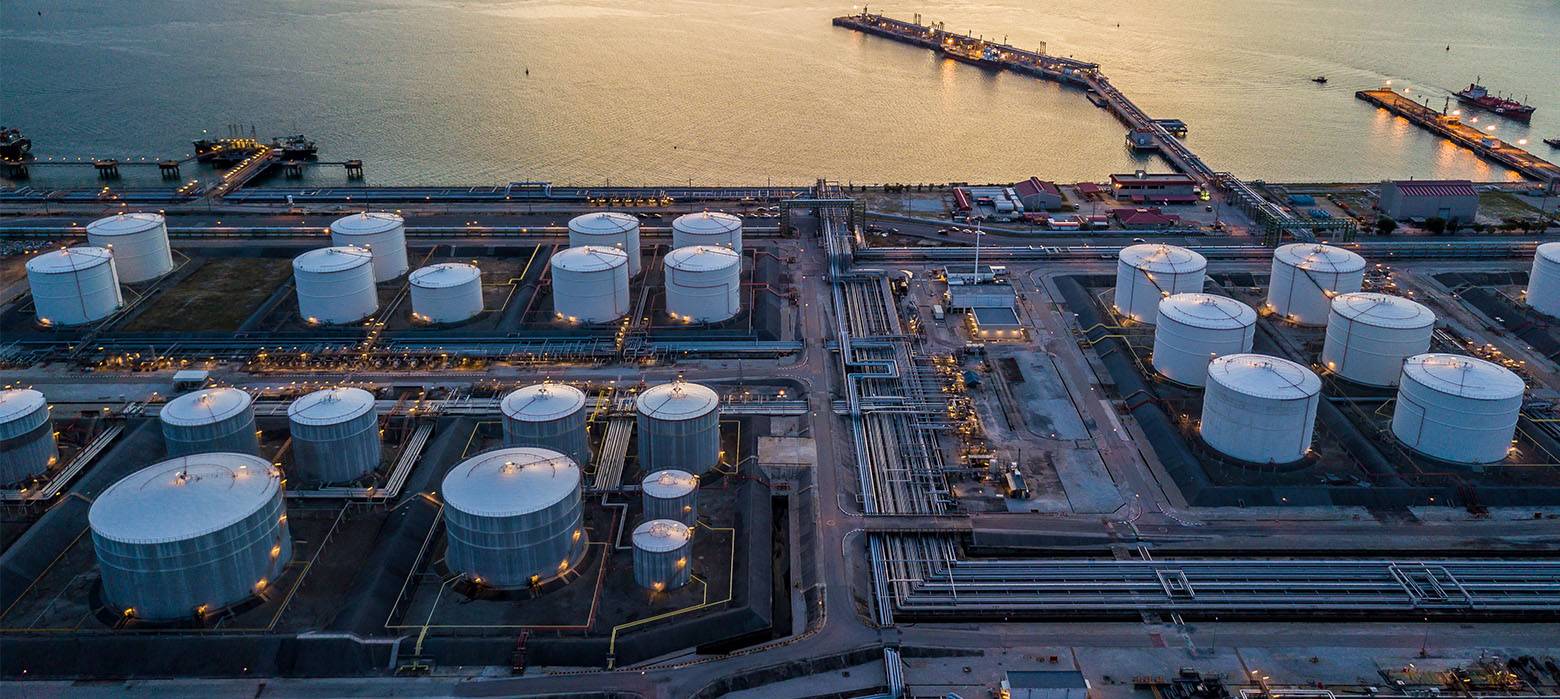
- admin
- October 24, 2018
Above Ground Tank Inspection Procedure
Above Ground Storage Tanks (AST) are made out of special materials specified by law and these include fabricated metal that is shop-fabricated (UL) or field-erected (API).
Non-metallic materials include fiberglass-reinforced plastic (FRP) or polyethylene.
These special tanks need stringent inspection during their manufacturing stages and of course during their maintenance stages.
In the first section, we shall deal with the inspection during the manufacturing stages and the second section will be devoted to the maintenance stage inspection needs.
During the manufacturing stage
The AST inspection is carried out following a well laid out plan that primarily consists of two sections.
The first comprises of the supply parts and include inspection of the cuts, rolling and the beveling of the plates manufactured in the shop. The second comprises of the construction and allied activities carried out in the field.
Requirements of AST Inspection in Operating Plants
The minimum requirements for material, design, fabrication, testing and inspection for low-pressure storage tanks is API STD 620. It is absolutely imperative to go by the API Recommended Practice 575 for this.
Here API STD 653 deals with atmospheric storage tanks and API RP 575 with atmospheric and low-pressure storage tanks. The API STD 653 in particular deals with Above Ground Storage Tank Inspection.
In case of a conflict between the codes API 650 and API 653, the second will govern as it is meant to address the concerns of AST tanks for all operational plants.
Carrying out inspections by a third-party inspector is considered mandatory especially in the manufacturer’s shop.
Inspection and Test Plan for Storage Tank Manufacture
The following are some of the inspection points that need to be witnessed, monitored, checked and reviewed by a third-party inspector in the pressure vessel manufacture shop.
- Shell plates are to be checked for their diagonal and square dimensions before rolling to curvature and after rolling to curvature.
- All material test certificates to be checked and shell plates stamped with their respective cast and plate numbers to enable identification against relevant certificates.
- All shell plates numbers to be provided in a tabular form tier by tier.
- All roof and bottom plate material test certificates to be checked.
- Selection of all spot radiographs, PM and DP tests as per code specifications.
- Review all radiographs.
- Check all welding material electrodes.
- All fabricated fitting to be inspected for their fabrication.
- Tank gauging equipment to be inspected.
- Witnessing of hydrostatic tests according to set standards for all fabricated tanks.
Stages for Shutdown & Maintenance AST Inspection
For such inspections too there are the body parts and the external construction to be examined carefully. Given below are the parts to be inspected and both internally and externally.
Internal Shell Plate Inspection
- Inspection for any trace of corrosion or deformation
- Inspection of circumferential and longitudinal welding joints checking for cracks or corrosion
- Internal coating inspection
Internal Bottom Plate Inspection
- Checking of thickness of bottom and annular plates and calculating their remaining life
- Inspecting bottom and annular plates for corrosion or deformation
- Inspection of bottom and annular plates welding joints checking for corrosion and cracking especially at annular plate joints
- Sump inspection
- Inspection of any internal coating
- Inspection of sample plate that has to be cut to identify trace of any external corrosion
- Inspection and supervision of Vacuum testing
Fixed Roof Inspection
- Inspection of Roof plate for trace of any corrosion and deformation
- Inspection of Roof structure members for any trace of corrosion and deformation
- Inspection of welding joints of Roof plates and other structure members for corrosion and cracking
- Inspection of internal coating
Floating Roof Inspection
- Inspection Roof plate for corrosion and deformation
- Inspection of Roof structure members for corrosion and deformation
- Welding joints of Roof plates and structure members inspection for corrosion and cracks
- Roof sealing system like rubber seal, seal plate and others to be inspected
- Inspection of Roof leg supports
- Pontoon gasoil leak testing
- Inspection of internal coating if any
- Roof drainage system inspection
Internal Equipment Inspection
- Inspection of Gage pole for corrosion and deformation
- Inspection of columns for any trace of corrosions and deformations
- Structure and support members inspection for any corrosion and deformation
- Inspection and test of fixed coil inspection for corrosion
External Shell and Roof Inspection
- Measurement of its thickness and calculating its remaining life
- Shell and roof plates inspection for corrosion and deformation
- Longitudinal and circumferential Shell and roof plates circumferential welding joints inspection for any corrosion and crack
- Inspection of man-ways, nozzles, flange welding joints for corrosion and cracks
- Inspection of the external parts of annular plates specifically their welding joints with the shell plates
- Inspection of side vents
- Inspection of man ways flange joints and nozzles using gasket seating surface
- Wind girder, top angle and stairway inspection for any corrosion and deformation
- Roof sump inspection of floating roof
- Welding joints inspection of pontoon and pontoon structure checking for corrosion and cracking for floating roofs
- Photon door rubber and weather shield rubber inspection for floating roofs
- Internal floating roof pontoon air leak testing
- Inspection of any painting and or insulation
External Concrete base inspection
- Inspection of concrete base or foundation for cracks and decay
- Inspection of the earthling system
- Asphalt inspection around the shell
Inspection of the cathodic protection system
- Above Ground Storage tanks
- above ground storage tanks inspection procedure
Category
- Above Ground Fuel Tanks
- Above Ground Gas Storage Tank
- Above Ground Storage Tanks
- Above Ground Water Storage Tanks
- Agricultural Tanks
- Chemical storage Tanks
- Diesel Fuel Storage Tanks
- Diesel Storage Tanks
- Exernal FloatingRoof Tanks
- Farm Water Tank
- Fiberglass Oil Tanks
- Fiberglass Septic Tanks
- Fiberglass Tanks
- Fiberglass Underground Fuel Storage Tanks
- Field Erected Tanks
- Floating Roof Tank
- Food and Beverage Tanks
- Fuel tank
- Industrial Chemical Storage Tanks
- Industrial Gas Tanks
- Industrial Plastic Tanks
- Industrial Storage Tanks
- Industrial Tank heating pads
- industrial tanks
- Natural gas
- Natural gas vs Propane
- oil storage tank
- Oil Storage Tanks
- Peracitic Acid
- Petroleum Tanks
- Residential gasoline storage tanks
- Residential Water Storage Tanks
- Sodium Hydroxide Storage Requirements
- Sodium Hypochlorite Storage Tanks
- Steel Storage Tanks
- storage tank failure prevention
- Storage Tanks
- Sulfuric Acid Tanks
- Uncategorized
- UnderGround Storage Tanks
- Waste water tank
- Water Storage Tanks

 Tank Size Calculator
Tank Size Calculator






